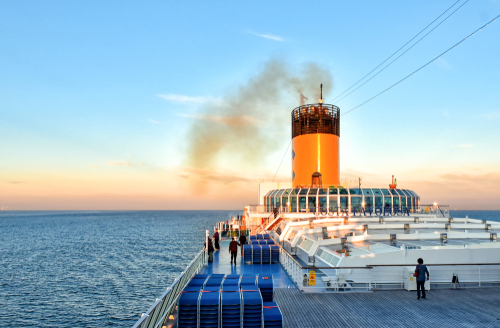The number of ships with scrubbers has doubled since the launch of IMO 2020. What is more, BIMCO notes that, the growth in the use of scrubbers is likely to increase, as the price spread between high and low sulfur fuels gets stabilized.
Namely, as BIMCO informs, during the past 15 months the number of ships with scrubber installations increased from 2,011 to 3,935 vessels.
Crude oil tankers lead the way with about a quarter of all the tankers now fitted with scrubbers. Additionally, around one-in-six containerships also are fitted with scrubbers.
On the other hand, dry bulk carriers have just over 11% using scrubbers, whilethe smallest adoption has come from product tankers, where just over 4% have scrubbers.
Moreover, while most of the ships converted to LSFO in order to be compliant with the IMO 2020 sulfur cap, BIMCO also reports a strong increase in HSFO sales.
In fact, before the implementation of the sulphur regulation, the MGO-HSFO spread wa around $200 per MT. As the new standard for LSFO was established, BIMCO believes the pricing of the product seems to have arrived at the next normal.
Commenting on these findings, Peter Sand, BIMCO’s Chief Shipping Analyst, says that as the bunker price spread ow seems to have stabilized, ship owners are likely to order new ships with a scrubber pre-installed.
Finally, a factor that may contribute to the adoption of scrubbers comes from R&D into building on the established technology to comply with the new environmental challenges.






























































